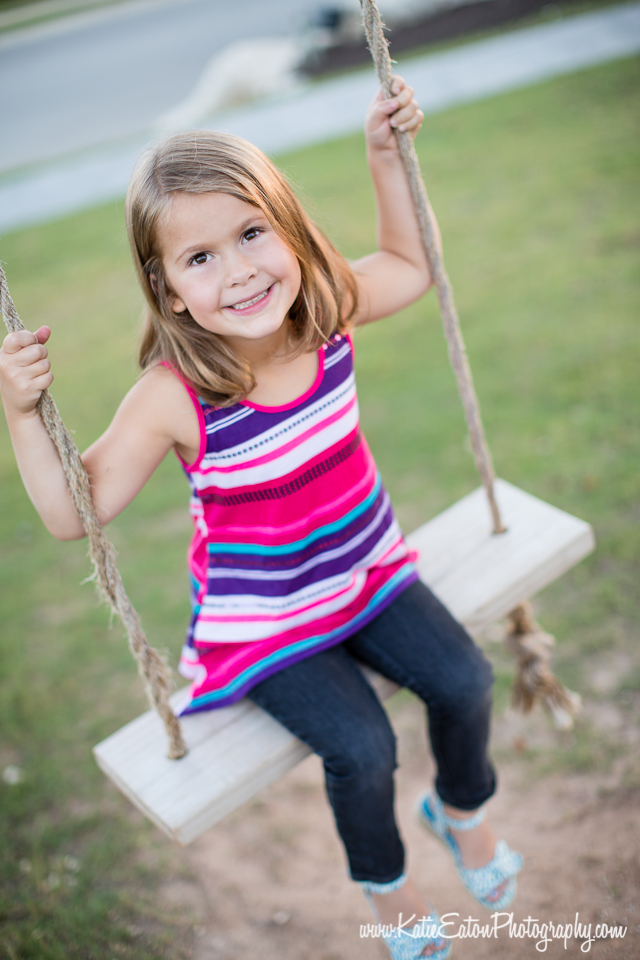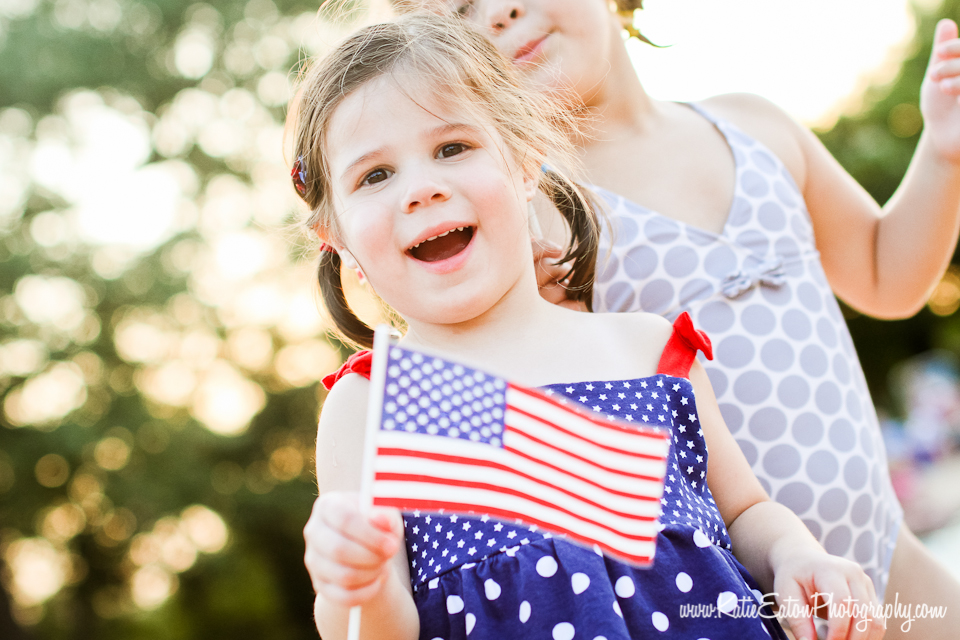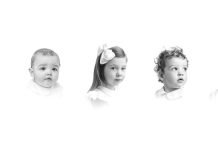
Well? How did you do on photography lesson #1? You know, the one about reading your camera manual? If you didn’t get a chance to do it — get on it! Even if you are fairly happy with the images that you produce right now, your images will be a bazillion times better once you are shooting in manual. Trust me.
All these lessons make an assumption that you are shooting with a DSLR (Digital Single Lens Reflex) camera. If you really want to know what Single Lens Reflex means — do a quick Google search or take a trip to Wikipedia to get the details. I can tell you all about it — but I’m not sure I can make it witty or entertaining since it’s quite technical. I can tell you this, the two main reasons for buying an SLR camera is the fact that there are interchangeable lenses and the other is to give you full control over the camera settings.
Examples of DSLR cameras: Canon Digital Rebel Series/Nikon D80, Canon 60D/Nikon D90, Canon 7D/Nikon D7000, Canon 5D series/Nikon D700 (okay, it’s true, there are other brands of DLSR … but Canon and Nikon pretty much run the table). I’m a Canon girl myself.
First things first, it’s extremely important to know the limitations of your camera. A digital rebel simply cannot produce the same quality image as a Canon 5D. But, we aren’t talking about anything other than snapshots here. We are trying to get better pictures of our kiddos with the camera that we have and a digital rebel is perfect for that! Slap a better lens on it than that kit lens that came with it, and your images will be extra awesome.
Secondly, do NOT … and I mean do NOT compare your pictures to your friends or professional photographers. Your friends may have a better quality camera. Professionals are (hopefully) shooting with high quality/prime lenses. Take an image that you took last week … and then take another image in a few weeks and compare those.
In order to stop taking photographs in auto, you need to truly understand exposure. And exposure is the amount of light your camera lets in during a single image. The reason I’m so anti-auto is the simple fact that the camera pops up a flash when it isn’t needed. It’s simply making assumptions on what you are shooting!
By learning to set the aperture, shutter speed and ISO yourself, and understanding the effect that each of these has on your photos, you are getting involved in the creative side of photography.
Have I lost you?
We are going to start with Aperture Priority. In Canon it is the AV and Nikon it’s an A. Turn the dial at the top until you are there. NO more green box. 😉
When you are in Aperture Priority, you are in control of the aperture and the camera is controlling the shutter speed. At this point, keep everything else in auto (ISO, White Balance, etc). We are going to go step-by-step. 😉 The lower the aperture number (aka f-stop), the wider the opening which allows more light to reach the sensor. And before I confuse you with depth of field, we’re just going to move on for now. But, I have many clients ask me how, “I get the blur,” in a photograph and it has everything to do with my aperture setting. You’ll see what I mean in the examples below.
So — here’s what I want you to do this week … play with your camera in Aperture Priority. Take whatever lens you have and take photographs of a still subject (like a spice jar, a pez candy container, a bottle of wine) on every aperture that lens has. Chances are, you are shooting with the lens that came with your camera … which might be an 18-55mm, f/3.5-f/5.6. Do not try to use your kiddo as a model yet unless they are six months old and can’t move yet! 😉 I want you to understand what f/3.5 does to an image vs. a f/5.6. Use that same object in the same place — just shoot it at 3.5, then bump it up and shoot again and keep shooting until you reach your maximum number.
Here are some examples (my own snapshots…). Do you see the difference between a f/1.8 and the f/3.9?



Learning how to use your camera is so very exciting because this process is how you start making photos, not just taking them.
Questions?? Leave them here or email me at [email protected]. I’d LOVE to see some of your examples and be able to post them!
Also — I’d really like to know what questions you have most about your camera … 🙂










I am so excited for this! My husband bought me a Canon Rebel and although I did read the booklet, this makes it easier for me to learn 🙂
I am really a fan of the cameras but I just can’t afford one right now. But I really enjoyed your pictures Katie. I hope I can take one myself for my kids.